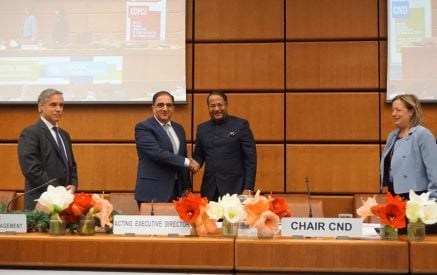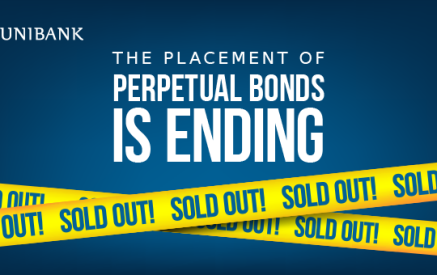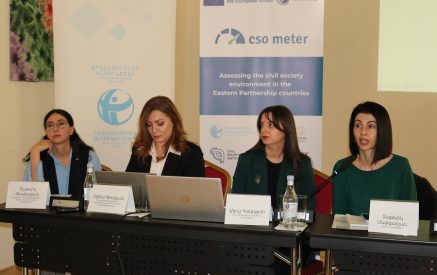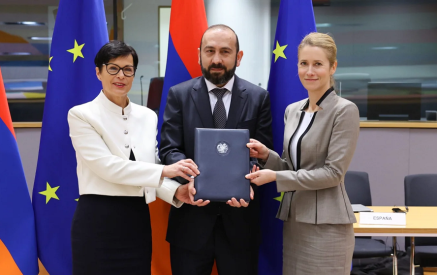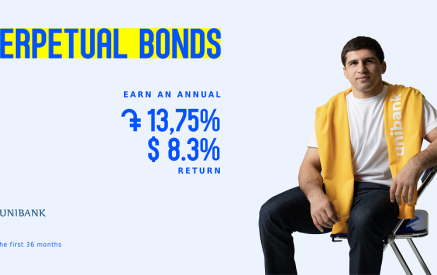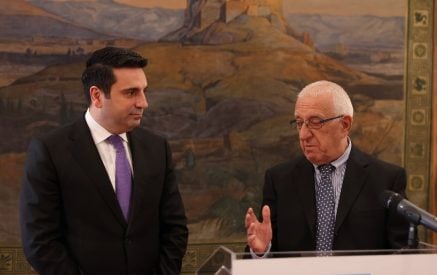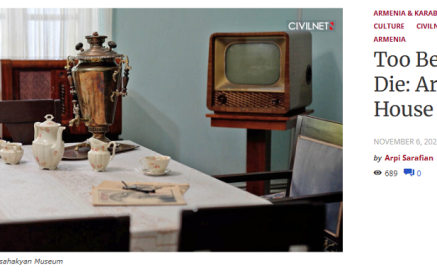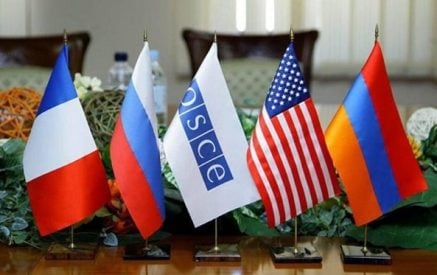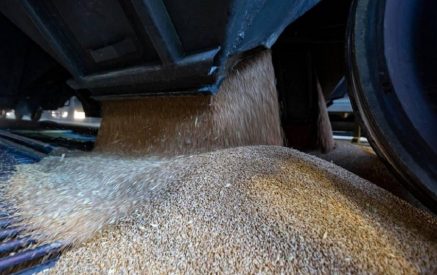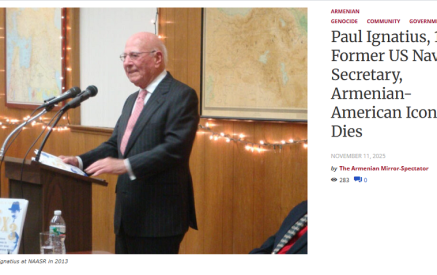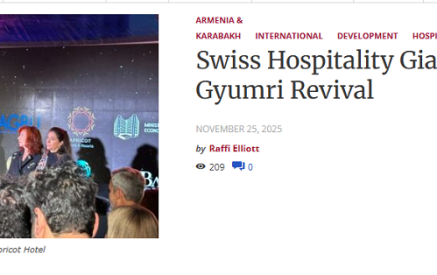Here’s how the authorities shape a convenient agenda for themselves and distract the public from issues of vital national importance. Pashinyan writes a Facebook post along the following lines:
“Yesterday I saw how many people were taking pictures by the fountains on Republic Square. What does this tell us? It shows that the people are rejoicing over the peace we have established, expressing their happiness by taking photos near the fountains.”
Naturally, the opposition reacts in a heated and emotional manner, rejecting the claim. In response, Civil Contract MPs retort:
“They’d better remember how, during their time in power, they were stealing the fountains’ water.”
Read also
Civil Contract ministers add their own interpretation:
“With his post, the Prime Minister is emphasizing a sharp shift in the public mood, which, we believe, is evident to everyone.”
Meanwhile, pro–Civil Contract NGOs chime in:
“Only those serving Russia’s interests could possibly doubt that the number of people taking photos by the fountains has increased 26.5 times over the past seven years.”
And that’s it—the agenda is set. For the next two or three days, this becomes the main topic of discussion, until the Prime Minister’s next post appears.
If you ignore such absurdities, you risk being seen as someone “falling behind the news cycle.” But when thousands of our compatriots live without basic living conditions and, on top of that, face the racist contempt of the Nikolist crowd; when people in Armenia are deprived of their freedom because of the Prime Minister’s Facebook posts; when our compatriots are held hostage in horrific conditions in Baku—one must ask: is it really worth spending time and energy on artificial agendas?
As for those who say we shouldn’t write about serious things because “people don’t read them,” I want to remind them of the well-known parable of the sower. In most cases, the seed falls in vain: some along the path, where birds eat it; some on rocky ground; some among thorns. Only about 25 percent, so to speak, falls on fertile soil. And that 25 percent is an impressive figure.
Aram ABRAHAMYAN






